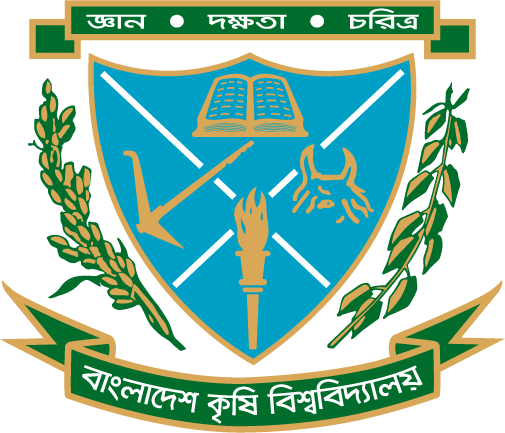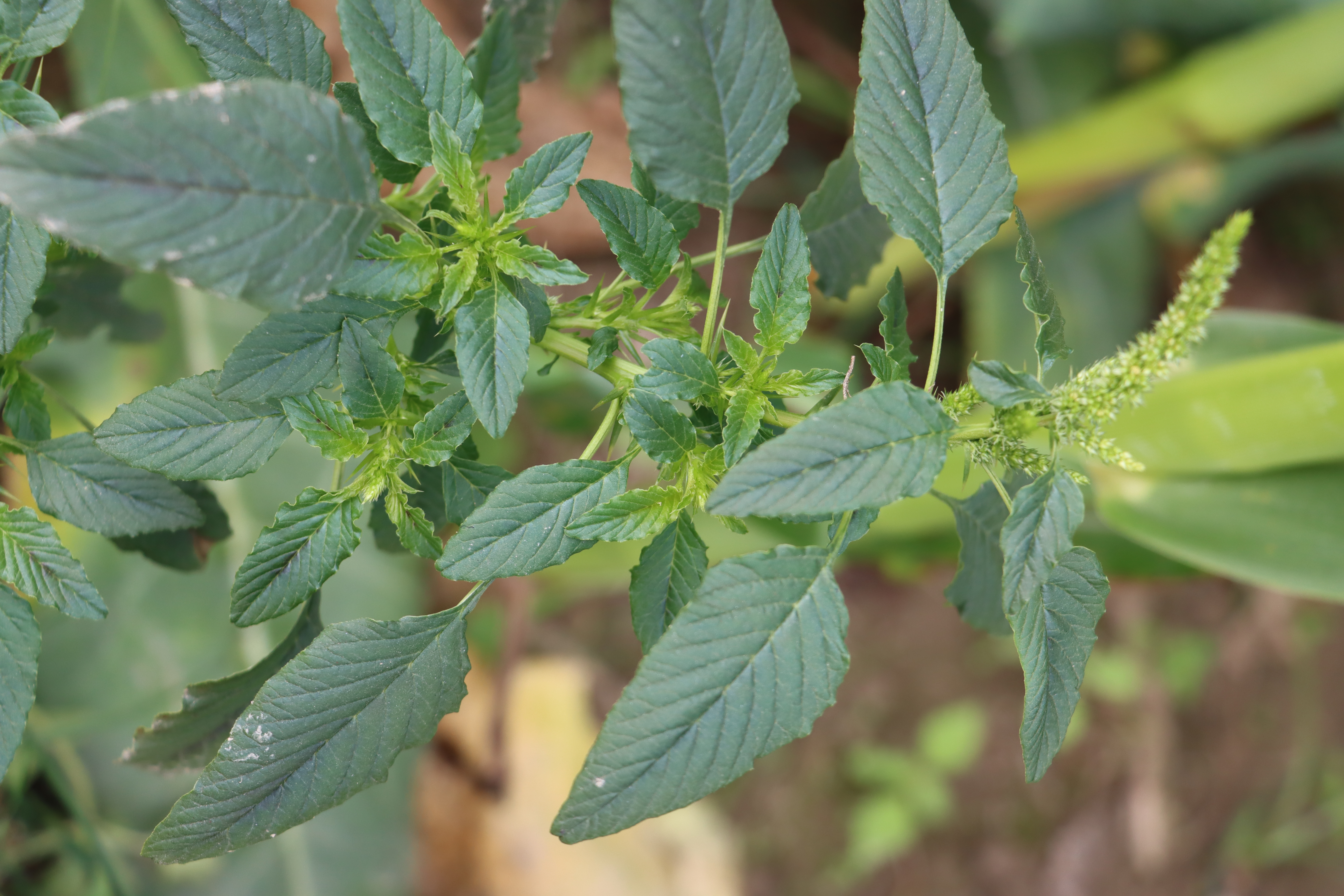

Identification Notes




EPPO CodeAMASP |
Life CycleAnnual |
MorphologyAn erect spinosus herb. Stem: erect, stout, glabrous, round, red or green in colour. Leaves: simple, alternate, ovate, obtuse. Inflorescence: terminal and axillary spikes of closely packed cluster of small pale green flowers. Fruit: capsule Seed: shiny black |
Growing seasonRabi and Kharif |
Germination periodJanuary to December |
Flowering periodJanuary to December |
PropagationBy seed |
HabitatPrefer dry condition. Found in fields of aus rice and jute, homestead areas, roadsides, fallow lands, and other undisturbed areas. |
Weed potentialIn many tropical places, A. spinosus is a common weed of crops, deplorable pastures, roadside vegetation, and abandoned areas. It is also becoming more common in temperate countries, primarily in North America. It damages at least 28 distinct crops and is listed as a weed in 44 countries. Turkey is also aware of it (Gonen and Uygur, 1997), however the majority of data originate from India, South East Asia, and West and South-West Africa (Waterhouse, 1994). Tobacco mosaic virus, groundnut rosette virus, cucumber mosaic virus, and root-knot nematodes (Meloidogyne spp.) are only a few of the viruses that use Amaranthus spinosus as a host plant. Amaranthus spinosus is listed as the sixth worst weed in the world based on the number of pests it hosts, including 15 species that could harm crops. |
Control measureManual (eradication) or seed dressing (Prevention) or Chemical control |
Recommended herbicidePost emergence: 2, 4-D, linuron plus paraquat or 1.1 kg MSMA plus 0.45kg 2,4-D in 182 L of water; Pre-emergence: 2,4-D, MCPA, triazine, atrazine, simazine, ureas, monuron, diuron, linuron or monolinuron |
DistributionA. spinosus originates probably from lowland tropical South and Central America and was introduced into other warmer parts of the world from about 1700 AD onwards. At present it occurs in all tropical and subtropical regions, including tropical Africa, often gregariously and as a weed. |
Medicinal propertiesAmaranthus spinosus is used medicinally in different ways. The plant is used in many countries as a culinary and medicinal plant (Mansfeld’s Database, 2002). The root is renowned for being a potent diuretic. A infusion of the root is employed as an emmenagogue, antipyretic, and treatment for gonorrhea in South-East Asia. The bruised leaves are used as an external emollient in many nations, particularly those in Africa, to treat eczema, burns, wounds, boils, earaches, and hemorrhoids. Sores are cleaned with a solution of plant ash. Children with ophthalmia and convulsions can be treated with plant sap applied as an eye wash. Amaranthus spinosus is a plant that is used in Malaysia to treat acute bronchitis and as an expectorant. It is also employed as a sudorific, febrifuge, galactagogue, antidote to snake poison, and menorrhagia treatment in mainland South-East Asia. In India, certain tribes use Amaranthus spinosus to cause abortions. |
References[1] Gonen O., and Urgur F.N. 2000, A new record for the flora of Turkey. Amaranthus spinosus L. (Amaranthaceae). Turkish Journal of Botany. 24 (2000) 359-360. TUBITAK. [2] Waterhouse, D.F. 1994, Biological Control of Weeds: Southeast Asian Prospects. Australian Centre for International Agricultural Research. Canberra. [3] Soerjani M, Kostermans AJGH, Tjitrosoepomo G.1987. Weeds of rice on Indonesia. Balai Pustaka, Jakarta. |